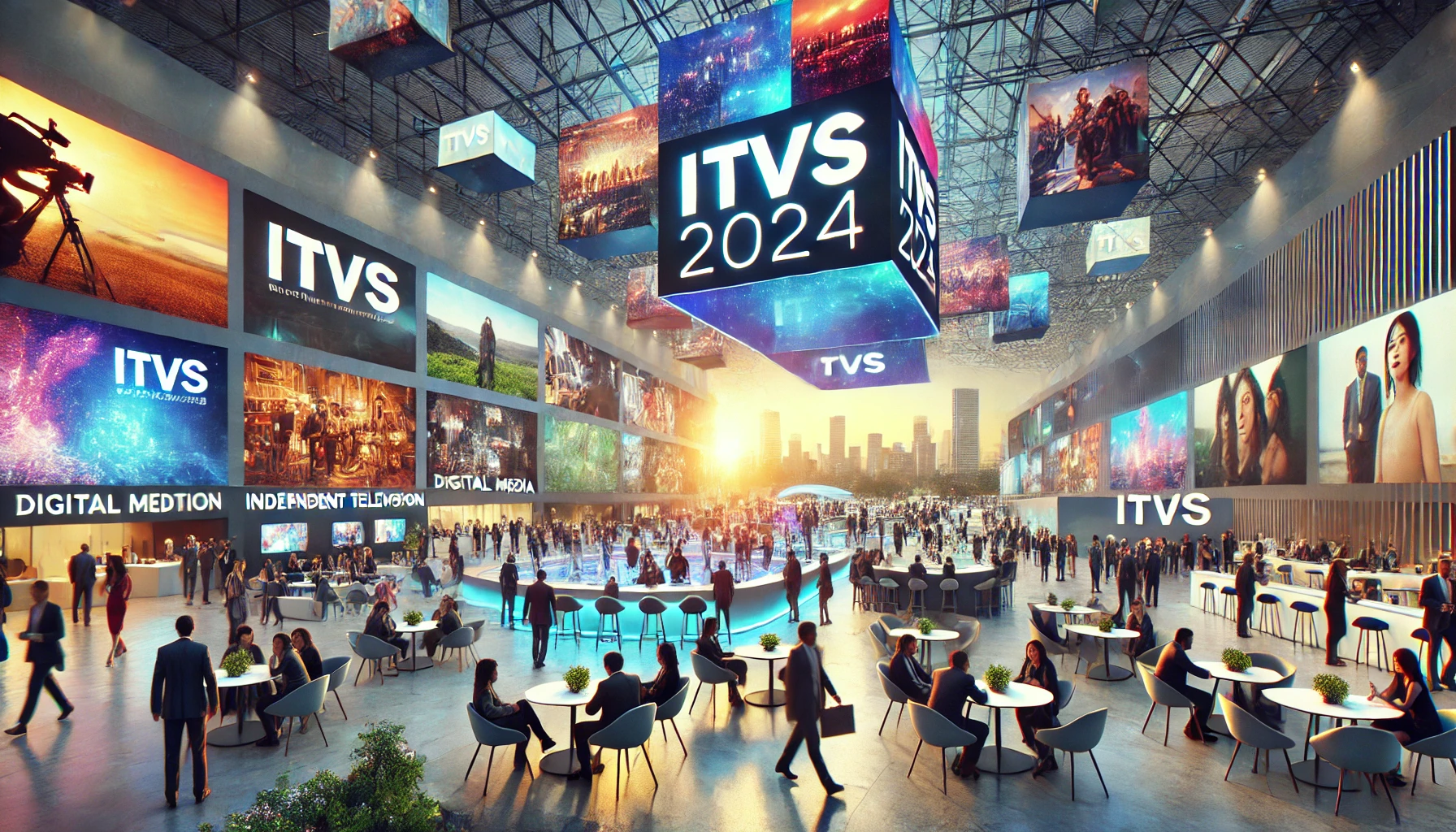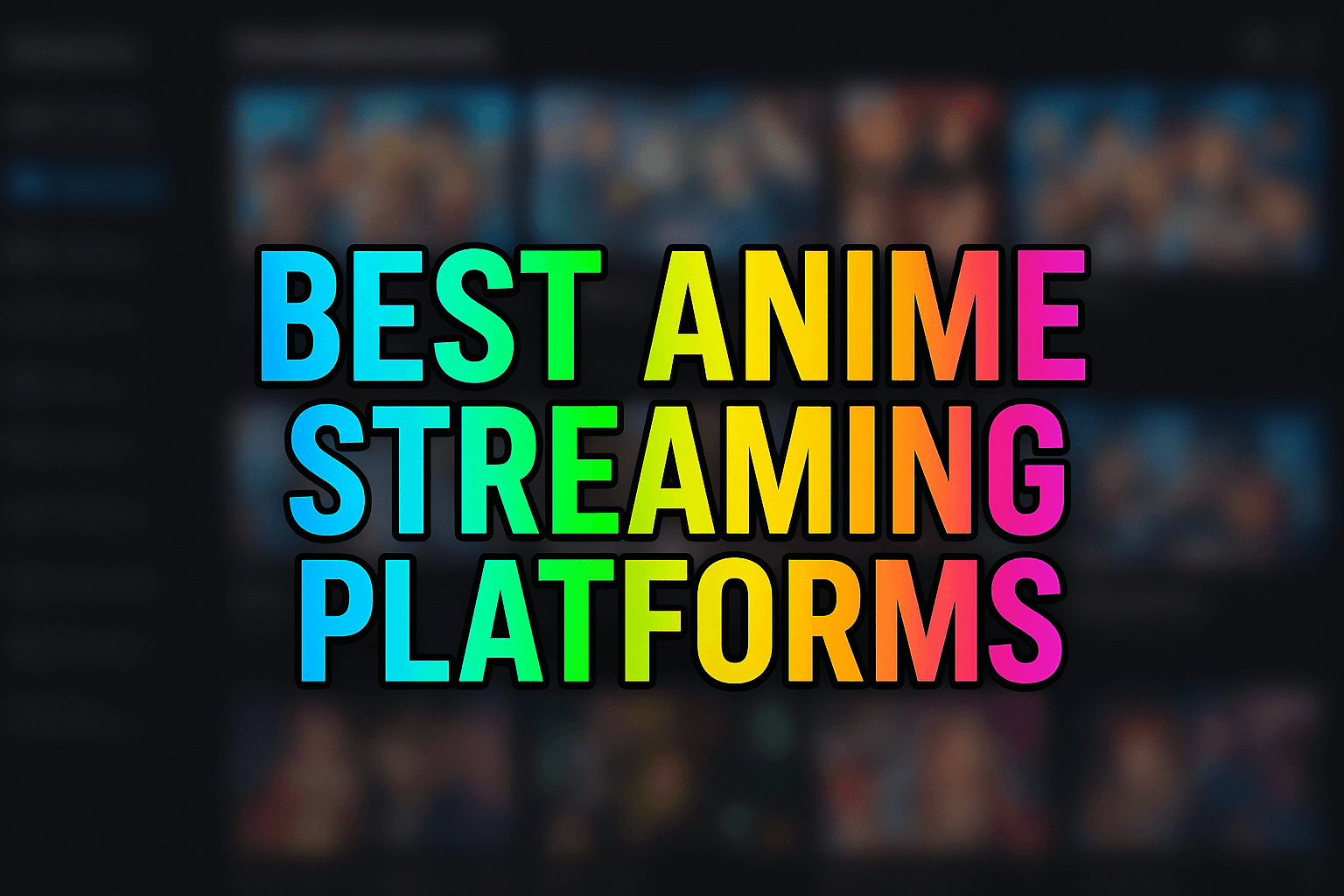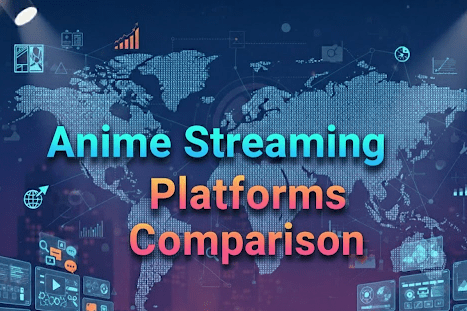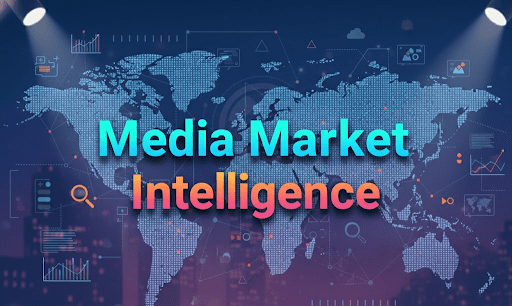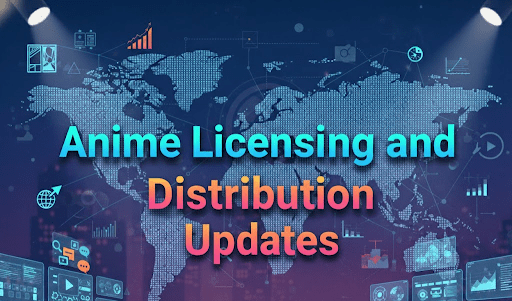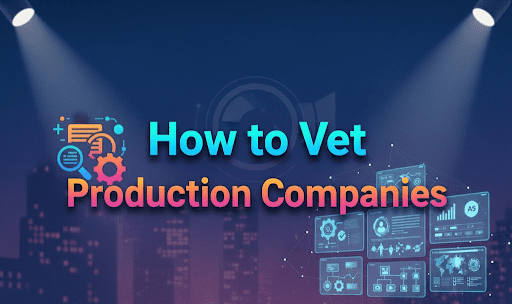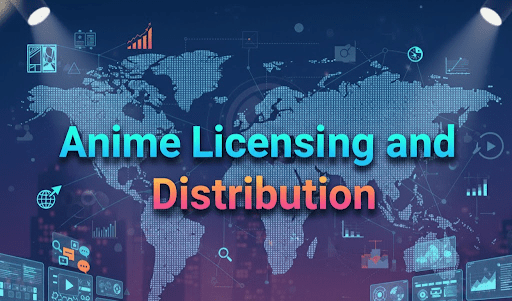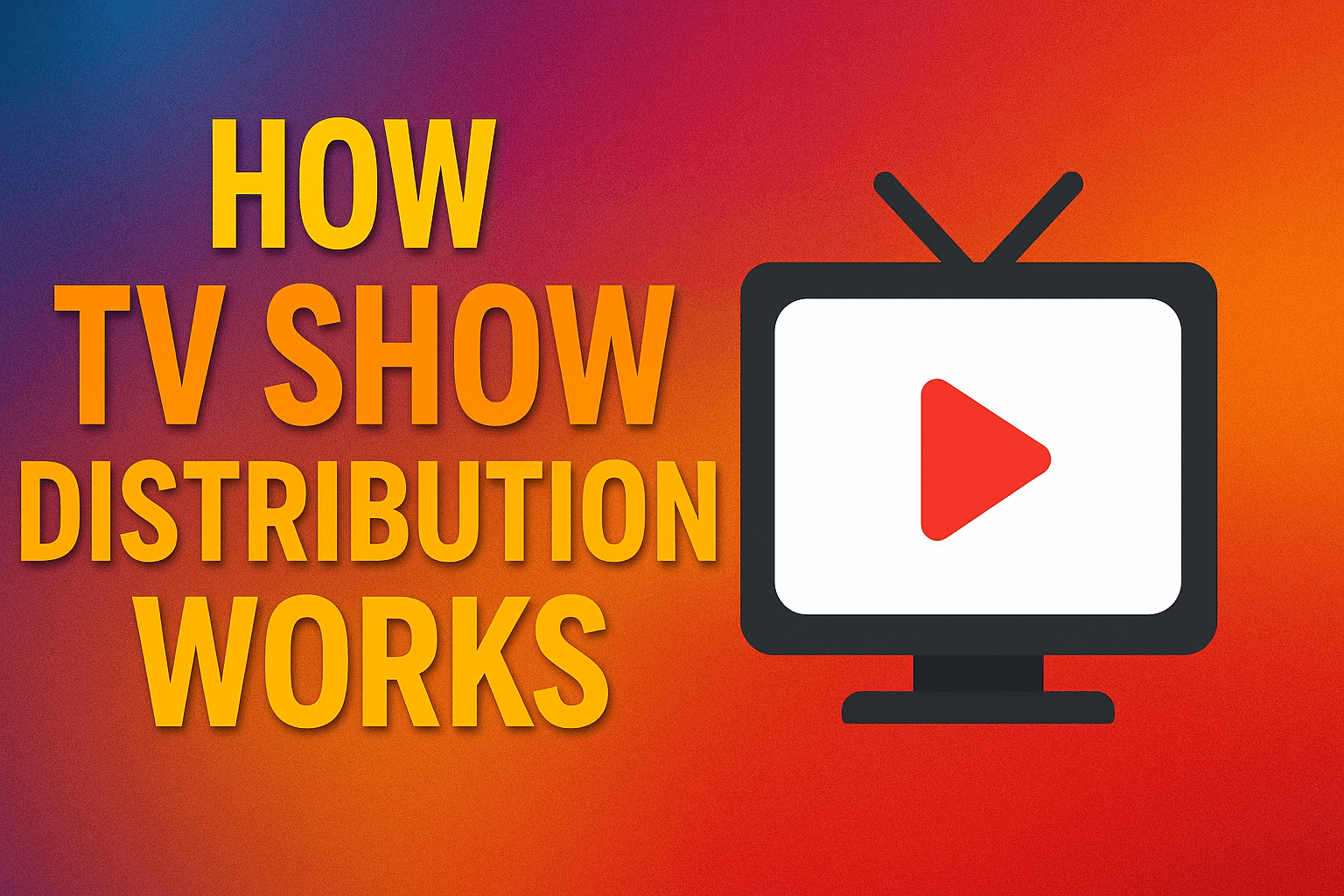Introduction
AI in audience analytics leverages data algorithms to track and predict audience behavior. For streaming platforms and TV networks, this means understanding what content resonates most with viewers. AI-powered tools analyze vast amounts of data in real-time, offering insights that help fine-tune content strategies.
Key Points:
- AI tools process data from various platforms to identify trends.
- These insights help content creators tailor shows or movies to fit the audience’s preferences.
- Data-driven insights power marketing campaigns and future content production decisions.
Related Readings:
Key Takeaways
| Topic | Key Takeaway |
| AI-driven audience insights | AI helps content producers understand viewing patterns and trends |
| Personalized content | AI allows content to be customized based on user data |
| Challenges of AI | AI can struggle with predicting trends and managing data privacy |
| AI Tools | HubSpot and Salesforce integrate audience data with AI-driven insights |
| Future Trends | Expect AI to refine audience segmentation for optimized content |
Table of content
- Introduction to AI in Audience Analytics
- Benefits of AI in TV Audience Analytics
- How AI Revolutionizes TV Viewer Behavior Tracking
- Overcoming Challenges in AI Audience Analytics
- Traditional Audience Metrics vs. AI-Driven Analytics
- Best AI Platforms for Audience Analytics in TV
- Common Pain Points in AI Audience Analytics
- FAQs
Streamline Your Filmmaking with AI

Benefits of AI in TV Audience Analytics

The integration of AI tools into audience analytics is helping content producers in multiple ways. From personalized recommendations to improved engagement, AI is a game-changer.
Bullet Points:
- Improved Engagement: AI helps identify content that will likely be most engaging for specific audience groups.
- Personalization: AI personalizes content experiences, improving viewer satisfaction.
- Data-driven Decision Making: Producers can align content with current trends to increase viewer retention.
Example:
| AI Feature | Benefit for Content Producers |
| Predictive Analytics | Identifies future trends to target audience interests |
| Real-time Data | Adjusts content strategies based on immediate feedback |
| Personalization Algorithms | Tailors content to user behavior for enhanced engagement |
Related Readings:
How AI Revolutionizes TV Viewer Behavior Tracking
AI technology enables deep analysis of viewer behavior, offering more detailed insights than traditional methods.
Key Aspects:
- Predictive Analysis: AI predicts future trends based on historical data, helping producers understand audience preferences.
- Behavior Segmentation: Audience segmentation becomes more precise with AI, allowing for more targeted content creation.
Table Example:
| AI Capability | Impact on Content |
| Real-time Tracking | Allows instant adjustments based on live viewer feedback |
| Pattern Recognition | Detects emerging content trends earlier than traditional methods |
Related Readings:
Boost Creativity with AI

Overcoming Challenges in AI Audience Analytics
While AI in audience analytics has many benefits, it also faces challenges.
Bullet Points:
- Data Privacy: AI collects and processes vast amounts of viewer data, raising concerns about how this data is managed.
- Bias in AI Models: AI systems can reinforce existing biases in viewing patterns, which can limit content diversity.
- Inaccurate Predictions: When fed with incomplete or skewed data, AI models might fail to predict future audience trends accurately.
Related Readings:
Adapt Your Bestseller with Ease

Best AI Platforms for Audience Analytics in TV

Some of the top AI-powered platforms in the entertainment industry are driving audience insights through real-time tracking and predictive analytics.
Examples:
- HubSpot and Salesforce: Both platforms integrate AI-driven insights with audience data to offer comprehensive analytics.
- Netflix’s AI: Uses sophisticated algorithms to recommend content based on user preferences.
Bullet Points:
- HubSpot’s real-time analytics help producers identify trending content faster.
- Salesforce integrates AI with buyer behavior data, giving sellers insight into audience preferences.
Related Readings:
Common Pain Points in AI Audience Analytics
While AI offers powerful tools, some pain points persist:
- Inaccurate Predictions: Due to incomplete data sets, AI models may miss crucial insights.
- Bias in Recommendations: AI systems trained on limited data can deliver skewed recommendations.
- Data Privacy: Concerns about how personal data is collected and used in AI analytics.
Bullet Points:
- AI must be monitored to ensure that it aligns with privacy regulations like GDPR.
- The data collected needs to be diverse to avoid reinforcing content bias.
Related Readings:
Conclusion
AI in audience analytics is set to revolutionize the TV industry, giving buyers, sellers, and producers deeper insights into audience preferences and real-time behavior. However, challenges like data privacy and bias still need to be addressed. As AI tools evolve, expect to see even more refined segmentation and personalization capabilities, offering content creators an edge in an increasingly competitive marketplace.
Frequently Asked Questions
AI-driven audience analytics uses algorithms to track viewer behavior and predict trends.
AI analyzes viewing habits to recommend personalized content for individual users.
AI complements traditional metrics but still requires human oversight for accuracy.
AI systems need to comply with privacy regulations, ensuring user data is secure and not misused.
AI allows content producers to align content with real-time audience preferences, ensuring relevance and engagement.
























